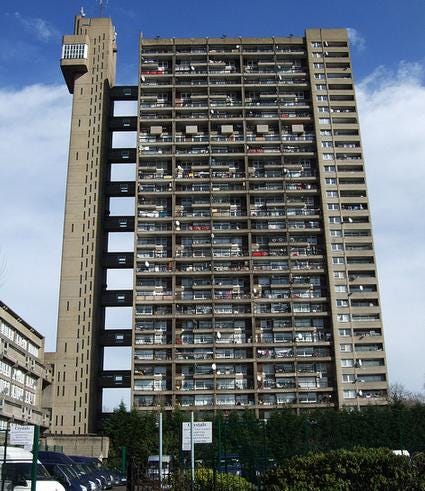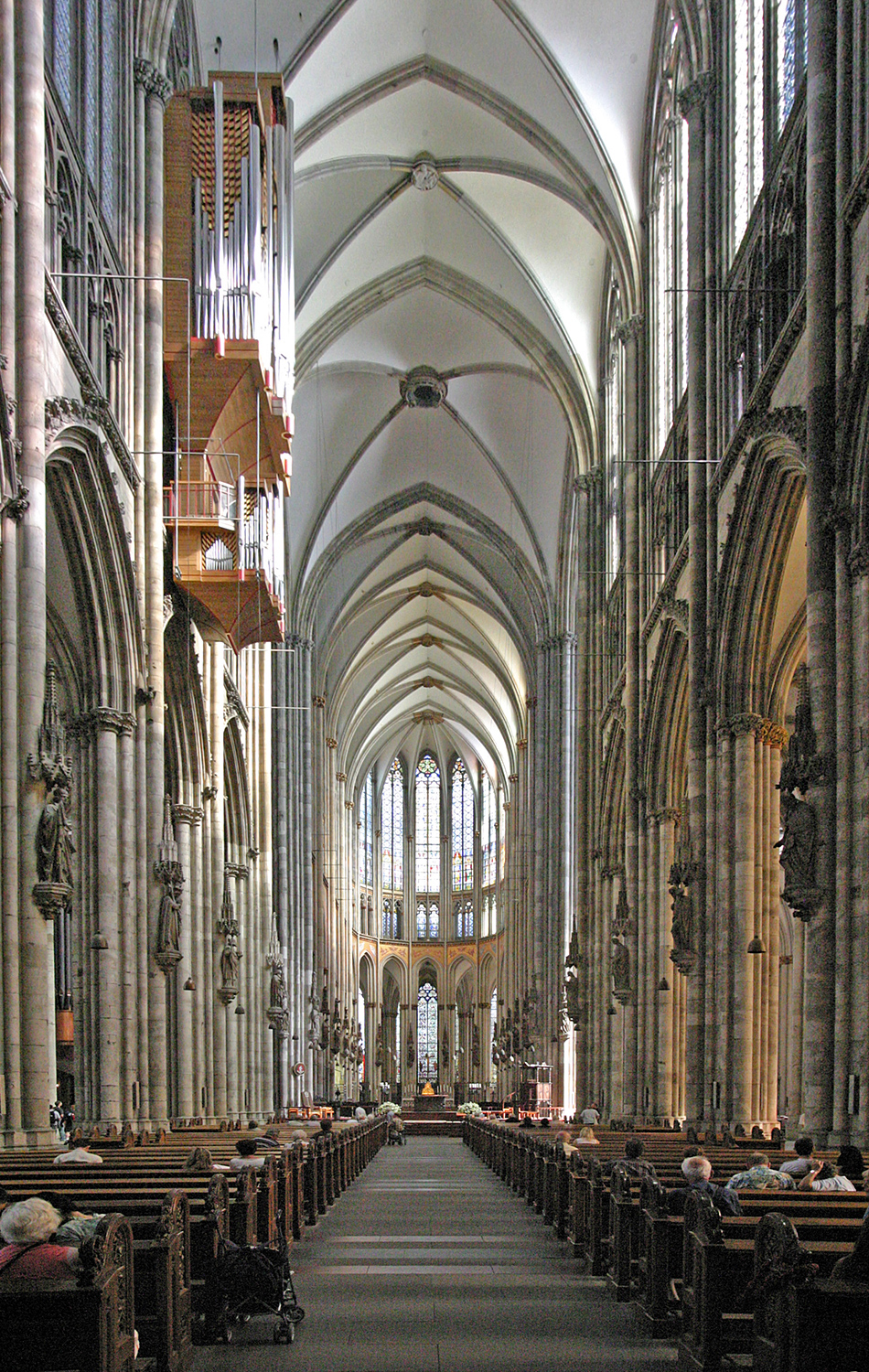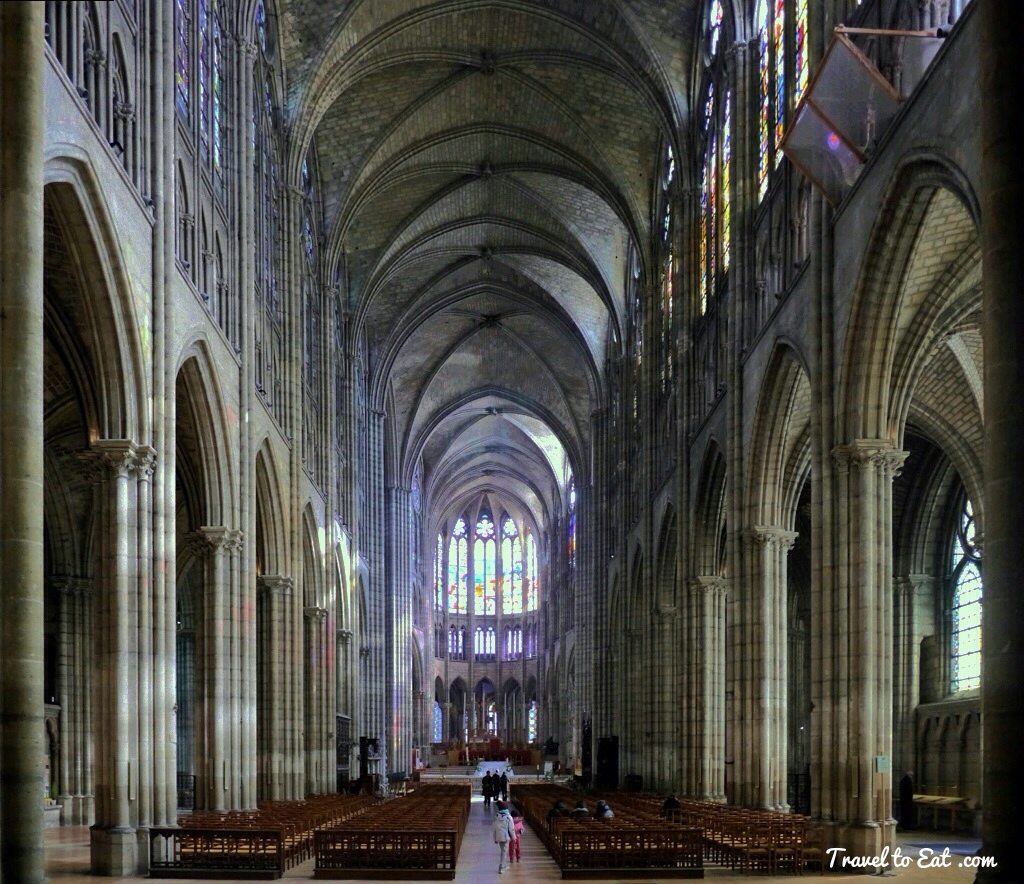Additionally, Le Corbusier along many other architects believed that such style could solve the ever rising problem of social housing as well as there is a huge influence from the modernist era such as flat surfaces, lifted bases as well as abstract forms.
 |
| Unite d’ Habitation by Le Corbusier, 1952 |
| Hubert H. Humphrey Building by Marcel Breuer, 1977 |
| Stata center at MIT by Frank Gehry, 2004 |
A great influence from Frank Gehry's work of the Stata center building, are the wearable rings that Elizabeth Schmitt designed. The angles and curved design of both rings have the interpretation of the unfinished concrete texture surface. All the elements applied on the rings are very much alike to how Frank Gehry design.
This 27 storey slab block building that Erno Goldfinger has built is under the Brutalist architecture design with the purpose of housing people. The most striking part about this structure is the composition of the floors packed over each other which makes it so distinctive from the surrounding buildings. There are also some adjacent blocks next to it and all three are connected by bridges at the third floor.
| Frank Gehry's wearable architecture by Elizabeth Schmitt, 2016 |
This 27 storey slab block building that Erno Goldfinger has built is under the Brutalist architecture design with the purpose of housing people. The most striking part about this structure is the composition of the floors packed over each other which makes it so distinctive from the surrounding buildings. There are also some adjacent blocks next to it and all three are connected by bridges at the third floor.
 |
| Trellic Tower in London |
References:
Sparkle.com, 2016. Frank Gehry’s wearable architecture Sparkle. [online] Available at: http://www.sparkle.com/frank-gehrys-wearable-architecture-2/#.V1BKc5F96Uk [Accessed 2 June 2016]
Dezeen, 2014. The Dezeen guide to Brutalist architecture. [online] Available at: <http://www.dezeen.com/2014/09/10/dezeen-guide-to-brutalist-architecture-owen-hopkins/> [Accessed 2 June 2016]
Lee F. Mindel, F. 2016. 10 Buildings People Love to Hate but Shouldn’t Architectural Digest. [online] Architectural Digest. Available at: <http://www.architecturaldigest.com/story/brutalist-architecture-masterpieces> [Accessed 2 June 2016]
Medium, 2012. The Ugly-Beauty Of Brutalism — The Awl. [online] Available at: <https://theawl.com/the-ugly-beauty-of-brutalism-41ae4f80a683#.6fou9jqw2> [Accessed 2 June 2016]
Medium, 2012. The Ugly-Beauty Of Brutalism — The Awl. [online] Available at: <https://theawl.com/the-ugly-beauty-of-brutalism-41ae4f80a683#.6fou9jqw2> [Accessed 2 June 2016]











